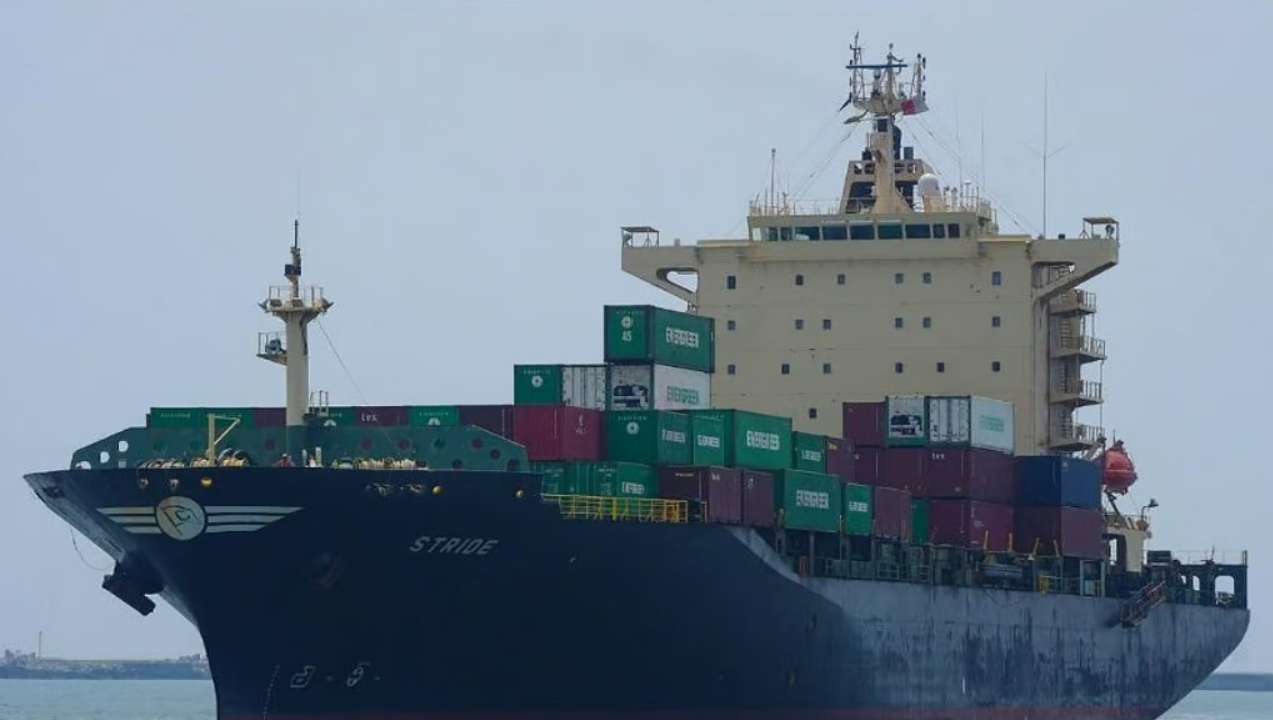Improper Valve Installation Causes Engine Room Fire During Bunkering on Cargo Ship
According to the latest report released by the National Transportation Safety Board (NTSB), the fire onboard the cargo vessel Stride was caused by an incorrect valve installed in a diesel oil tank system six weeks before the incident.
The fire broke out in the engine room of the vessel during bunkering operations at the Barbours Cut Marine Terminal in LaPorte, Texas, on January 8, 2024. The fire was extinguished on its own after the crew shut down all ventilation to the engine room. Tragically, two crew members lost their lives, and another sustained serious injuries. The vessel, valued at $12 million (£9.5 million), was deemed a total loss.
Approximately six weeks before the incident, a replacement valve was ordered for the ship’s port double bottom diesel oil (DBDO) tank. However, investigators later determined that the valve installed did not match the specifications outlined in the ship’s fuel oil system drawings. Instead of the required angle stop valve, an angle stop check valve—designed to permit diesel flow in only one direction—was mistakenly ordered and fitted.
Due to this incorrect valve installation, when another tank reached full capacity during bunkering, the excess diesel oil was redirected into a common vent line instead of the designated port DBDO tank. The oil then escaped through a small, previously sealed opening in the vent pipe. Over time, the flexible sealing material and tape covering this opening degraded, ultimately failing. This failure allowed diesel fuel to cascade into the engine room, where it came into contact with operating machinery, igniting the fire.
According to the investigative report, vessel schematics include detailed symbols denoting piping components such as valve types, sizes, and functions. The report emphasized that shipowners, operators, and crews must thoroughly review vessel diagrams to ensure correct spare and replacement parts are ordered to maintain system integrity.
Another factor contributing to the incident was the failure of engine room personnel to monitor the fuel levels in the tanks being filled, as mandated by the company’s bunkering procedures. The company’s safety management system required a minimum of two engineering officers and two engine ratings to be on duty during bunkering. However, at the time of the fire, only three engineering personnel—two officers and one engine rating—were overseeing the operation.
The report stressed the importance of sufficient staffing during bunkering operations. It advised vessel owners, operators, and crews to ensure adequate personnel are present to conduct regular tank level soundings, regulate fuel filling rates, and maintain clear communication with the person in charge to prevent overflows and potential hazards.
Photo credit: Ye Chia-Wei, marinetraffic.com. All rights reserved.


